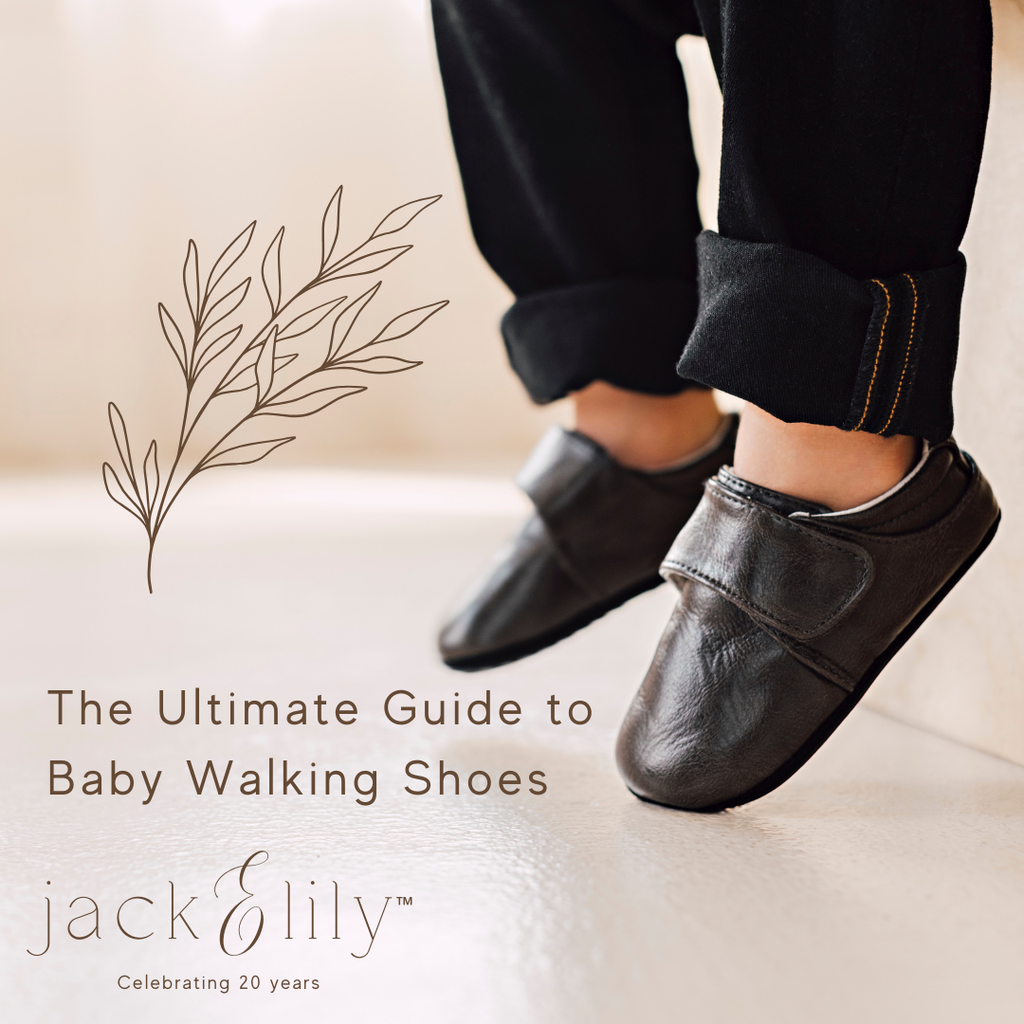The Ultimate Guide to Baby Walking Shoes: Helping Your Little One Take Their First Steps

Welcoming a baby into the world is an exciting journey filled with countless firsts, and among the most memorable is their first steps. As your child begins to transition from crawling to walking, finding the right pair of baby walking shoes becomes essential. Here’s everything you need to know to make the best choice for your little explorer.
Why Are Baby Walking Shoes Important?
Baby walking shoes are not just adorable accessories; they play a crucial role in supporting your child’s development. Here’s why they are important:
- Support and Stability: Baby walking shoes provide the necessary support to delicate feet, helping to stabilize those wobbly first steps.
- Protection: They protect tiny feet from sharp objects, rough surfaces, and cold temperatures.
- Confidence Boost: The right shoes can give your baby the confidence to explore and move around more freely.
Key Features to Look For
When shopping for baby walking shoes, consider the following features to ensure comfort and support:
- Flexibility: Shoes should be flexible enough to allow natural foot movement but still provide adequate support.
- Lightweight: Heavy shoes can make it harder for babies to walk. Opt for lightweight materials to make walking easier and more enjoyable.
- Non-Slip Soles: A good grip is essential to prevent slipping and falling. Look for shoes with non-slip rubber soles.
- Breathability: Babies’ feet can get hot and sweaty, so breathable materials like leather or mesh are ideal to keep their feet cool.
- Proper Fit: Shoes should fit snugly but not tightly. There should be about a thumb’s width of space between the tip of the shoe and your baby’s toes.
Tips for Buying Baby Walking Shoes
- Measure Your Baby’s Feet: Babies’ feet grow quickly, so measure their feet regularly. The best time to measure is in the afternoon when feet are slightly swollen from the day's activities.
- Check for Flexibility: Bend the shoes in your hands to check their flexibility. The front of the shoe should bend easily, while the heel should provide more resistance.
- Consider Velcro Straps: Velcro straps or elastic bands make it easier to put the shoes on and take them off, and they allow for better adjustability.
- Choose the Right Time to Shop: Bring your baby shoe shopping in the afternoon when their feet are at their largest. Let them try on the shoes while standing to ensure a proper fit.
- Look for Quality Brands: Trusted brands like Stride Rite, Robeez, and Pediped are known for their quality and design tailored for early walkers.
Frequently Asked Questions
When should my baby start wearing walking shoes? Babies should start wearing walking shoes once they are confidently walking outside. Indoors, it’s beneficial to let them walk barefoot or in socks with non-slip soles to help strengthen their feet and improve balance.
How often should I replace my baby’s walking shoes? Babies' feet grow rapidly, so check their shoes every 2-3 months. Replace them when they become too tight, show signs of wear, or if your baby starts walking differently.
Are hand-me-down shoes okay for my baby? While it’s tempting to save money with hand-me-downs, shoes conform to the original wearer’s feet. This can cause discomfort or improper support for your baby. It’s best to invest in a new pair for proper fit and support.
Conclusion
Choosing the right baby walking shoes is a small but significant step in your child’s development. Prioritize comfort, flexibility, and support to help your little one take those first steps with confidence. Remember, every baby is different, so take your time to find the perfect pair that meets your child’s unique needs.
Watching your baby walk for the first time is a magical moment. With the right pair of shoes, you can ensure they are stepping into this new phase with comfort and style. Happy walking!
